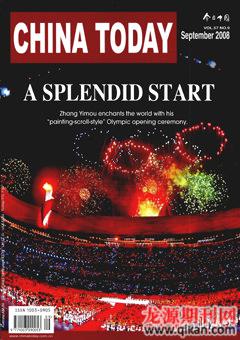The Statistics Behind a Green Olympics
The use of solar and geothermal energy, wind power and other renewable forms of energy to run Beijings Olympic venues has deeply impressed the world with the countrys commitment to developing energy alternatives. China has always been handicapped by a relative shortage of domestic energy resources, and its energy efficiency has remained low for many years, rendering its energy consumption per unit of GDP among the highest in the world.
To improve the situation, the Chinese government has in recent years boosted the application of renewable energy alternatives. Its goal for 2010 is to build 10,000 ecologically friendly villages in rural China where natural resources will be utilized and maintained in a sustainable cycle, and to popularize the use of methane gas in 40 million households, representing 28. 4 percent of rural families.
By 2010, Chinas GDP output per ton of energy and important raw materials consumed — 15 have been designated by the government — will be raised by 25 percent over the 2003 figure. Energy consumption for every RMB 10,000 of GDP, meanwhile, will be cut by at least 18 percent.
Lastly, the comprehensive utilization efficiency of industrial solid waste will be upgraded to 60 percent, the recovery and reuse rate ofrenewable energy resources increased to at least 65 percent, and the urban garbage growth rate curbed at around 5 percent.
- CHINA TODAY的其它文章
- BASIC CHINESE FOR THE BEIJING 2008 OLYMPIC GAMES
- Discover the Han Heritage in Xuzhou
- Seventy Years Later,James Hilton’s Shangri-la Rediscovered
- Innovation and Excellence:Tianjin University of Finance and Economics
- The Development of an Agricultural City
- The Pig Breeding Industry Benefits Anhui Farmers

